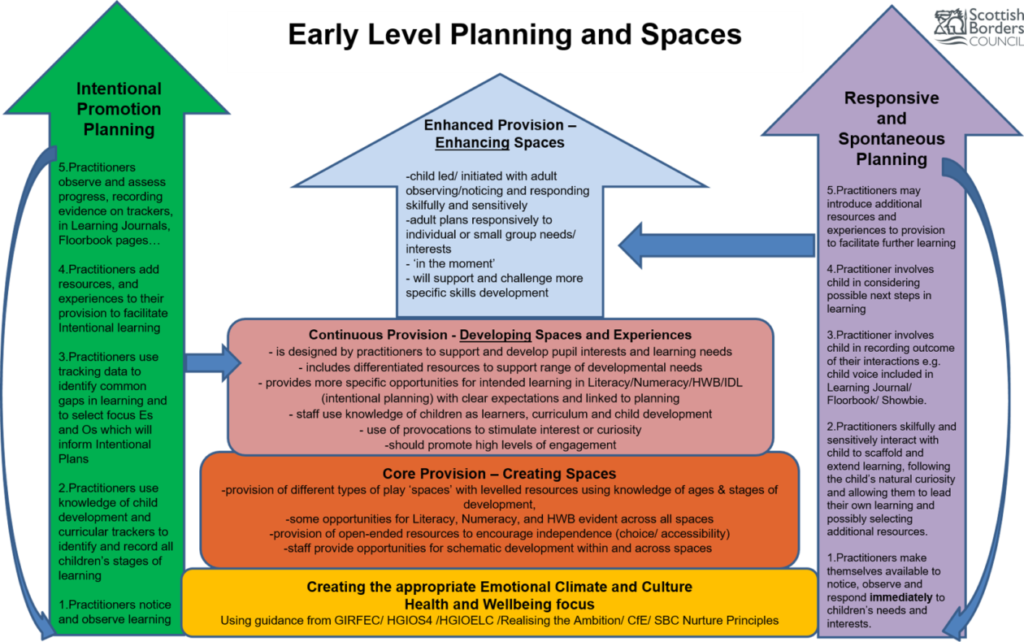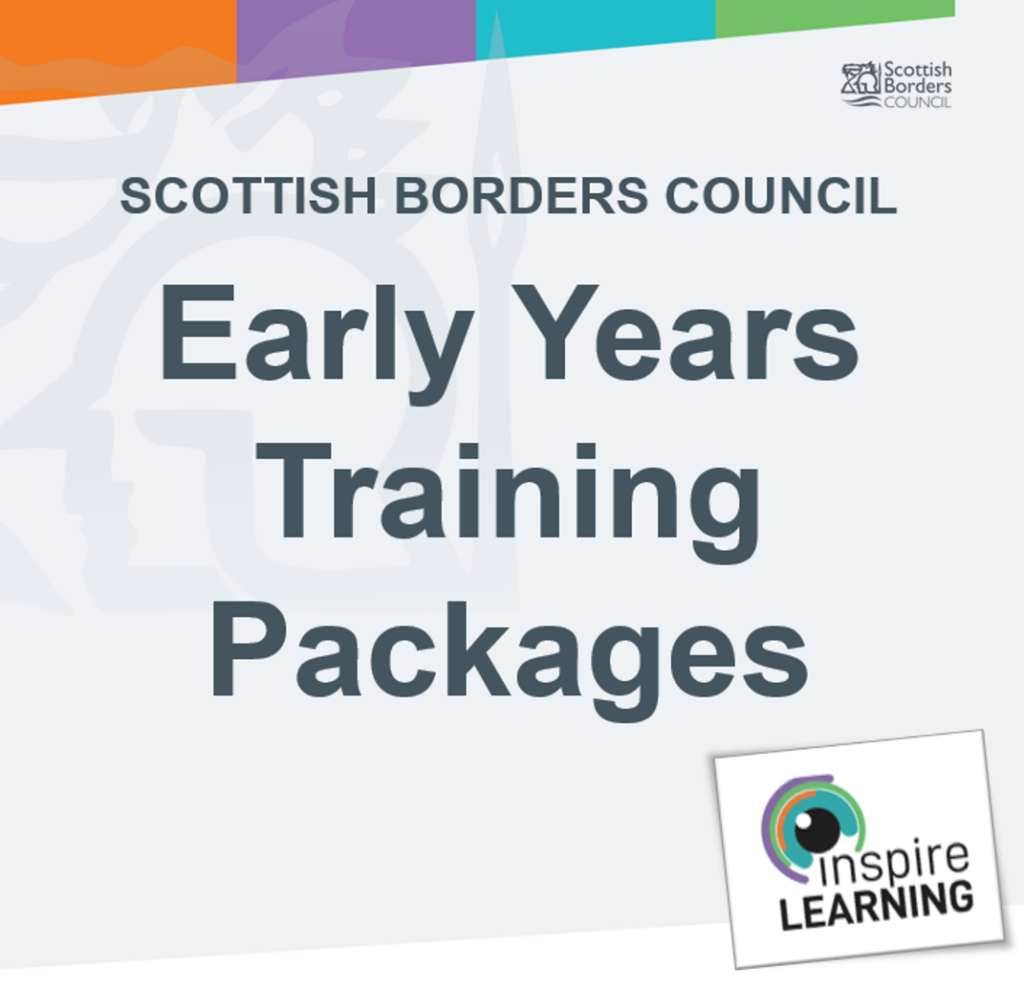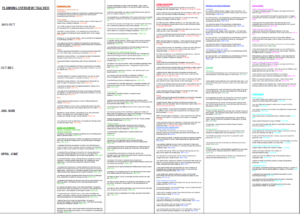Intentional Planning
What is it?
Realising the Ambition (Education Scotland, 2020) describes ‘intentional promotion’ as a model of supporting the learning needs of each child, whereby the practitioner plans for and offers “experiences and interactions which are important for young children to learn” (p. 62). These experiences and interactions may link to curricular planning or the children’s interests. However, they may require additional resourcing or forward planning and will not happen immediately.
Intentional planning is the deliberate promotion of the curriculum through play pedagogy to achieve specific experiences and outcomes (see tabs at the bottom of this page) as organised or introduced by the practitioners. Practitioners direct and plan after carrying out high-quality observations of the children’s play and using knowledge of the child as a learner to inform their decisions around future experiences and interactions.
Intentional planning is intrinsically linked with responsive planning, which uses and responds to each child’s interests and ‘agency’ in the moment.
Key messages:
- Practitioners who know the child as a learner.
- Practitioners observe, interpret, and document learning and then use this to inform intentional and responsive planning.
- All learning should balance adult-led and child-led intentional and responsive planning.
- A yearly overview of Early Level Experiences & Outcomes (Es & Os – see tabs at the bottom of this page) is used to ensure that children are experiencing the breadth of the curriculum. This is an example of long-term planning.
- Specific Es & Os are highlighted once planned and can be revisited throughout the year as necessary.
- Practitioners should not feel that they have to cover all of the Es & Os listed within one academic year or before the children leave the Early Learning and Childcare setting as Early Level spans ELC and P1. Instead, experiences and outcomes should be approached only when developmentally appropriate (see tabs at the bottom of this page).
- Trackers are used effectively to identify common gaps in the children’s learning and are addressed in the medium-term intentional promotion planning (see an attached example for one possible format) and continuous provision (see tabs at the bottom of this page).
- Practitioners use “I Can” statements or similar success criteria to outline their learning intentions for the children in an accessible way.
- The language of learning and “I Can” statements are used consistently to help children talk about their own learning and attainment.
- Learning resources and experiences used in continuous provision reflect the success criteria of the intentional promotion planning. They are chosen carefully to enable children to develop and demonstrate the identified skills, knowledge and understanding.
- Practitioners consider and utilise the 7 Principles of Curriculum Design to provide quality spaces, experiences, and interactions (Education Scotland, 2020, p. 67).
- Practitioners plan for teaching and learning through the spaces, experiences, and interactions as part of continuous provision (Education Scotland, 2020, p. 67).
- Across the Early Level, the intentional promotion would be covered through playful Numeracy, playful Literacy, and Health and Wellbeing. In addition, evidence is found within the learning journeys, Floorbooks, and trackers, recording the child’s voice as a stakeholder in their learning.
- Evidence should demonstrate progression for each child within Literacy, Numeracy and Health and Wellbeing.
- The practitioners plan purposeful experiences in meaningful contexts to support learning.
- A nurturing environment is created where curiosity, imagination, creativity, wellbeing, and resilience are promoted and valued, e.g. open-ended resources used in different play areas.
- Settings should have strategies for sharing learning with stakeholders regularly. Families should have the opportunity to discuss their child’s learning and development.
Realising the Ambition (Education Scotland, 2020) discusses how,
“Responsive and intentional planning approaches start with our observations and interpretations of the baby or young child’s actions, emotions and words. This tells us what the child needs for us to provide in their learning environment. A child-centred approach to planning learning will help the child connect each new discovery to what they already know” (p. 63).
“It is quite alright for us to initiate and suggest intentional learning experiences, as long as we are sensitive to the child’s response” (p. 65).
Ways we can do this:
KNOWING THE CHILD AS A LEARNER is essential for planning.
Environment and Experiences: Start with the child. Consider their interests, family and cultural experiences, previous knowledge, and observations of the child before planning experiences for them. Use knowledge and observations of the child as a learner, e.g. spaces they spend the most time in, who they play with and how they like to play.
Practitioners use curriculum and child development knowledge to identify the next steps in learning for that child. In addition, practitioners identify meaningful opportunities to encourage playful learning across all learning environments (indoor and outdoor).
Practitioners use well thought out provocations to inspire and motivate the child to engage in the skills and learning opportunities.
Practitioners consider which skills and experiences are appropriate and relevant to promote (from Emerging Literacy, Numeracy and Health and Wellbeing, both inside and out) using observations, interactions, knowledge of each child’s stage of development and interests and seasonal changes or interests.
Practitioners consider the continuous provision ensuring accessibility for all developmental stages, e.g. differentiated resources to promote fine and gross motor skills for pre-writing, deeper understanding and using numbers etc. Audits can also be used to enhance the environment.
Practitioners use open-ended resources, e.g. pieces of fabric that can be used in role-play as different characters and within loose parts play.
Adult-Child Interactions: When a child is engaged, consider your interactions carefully. Use the ‘Keys to Communication‘ and Wait, Watch, Wonder, get face-to-face and observe carefully before interacting.
Facilitate as a knowledgeable ‘play-mate’ taking the lead from the child. Remember, the child may not follow the line of development that the adult intends. If the child pursues a different line of development:
- Revisit your knowledge of the child as a learner to consider if the experience is developmentally appropriate?
- Does the child recognise this as the next step in their learning (do they know themselves as a learner?).
Remember that interactions with the child are a crucial aspect of the learning environment. Carefully consider when to step in and when to step back. This is a skill even the most experienced of us can often misjudge!
Linked Areas of Practice
Assessment
Child Development
Curriculum
Making Learning Visible
Observations
Planning
Play Pedagogy
Responsive Planning
Sensitive Interactions
Sustained Shared Thinking
Tracking, Monitoring & Assessment
Tools
Reflecting on Practice
SBC Guidance to support
National Guidance to support
Further Reading to support
Training to support
SBC Early Years training video Planning for the Child:
Follow link for acronyms used in presentations
See below for supporting materials
To see all the SBC Early Years training videos visit:



